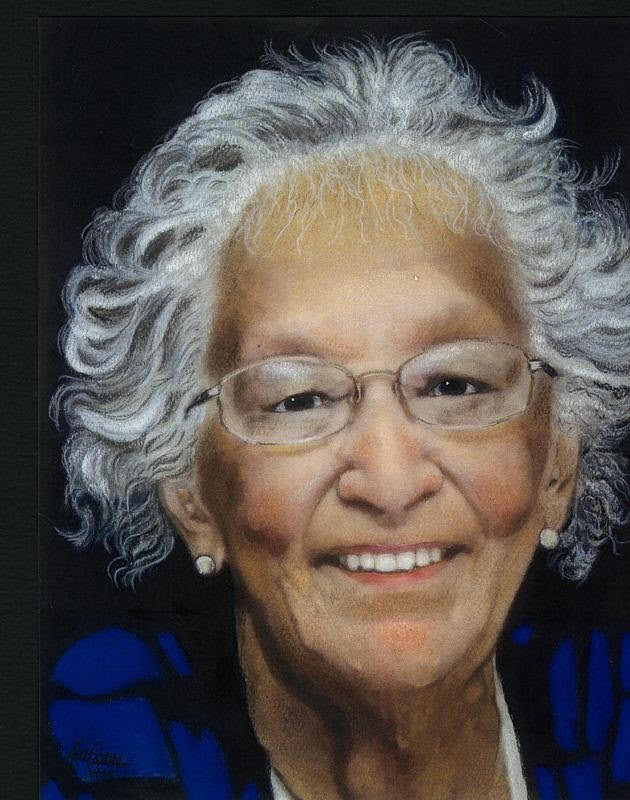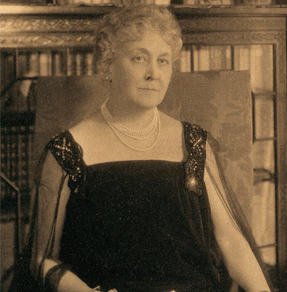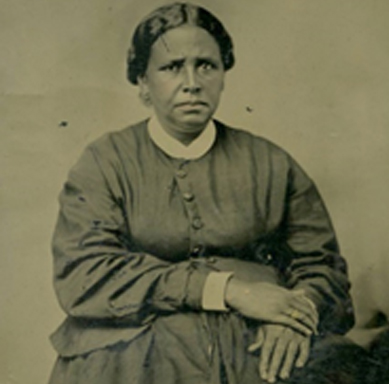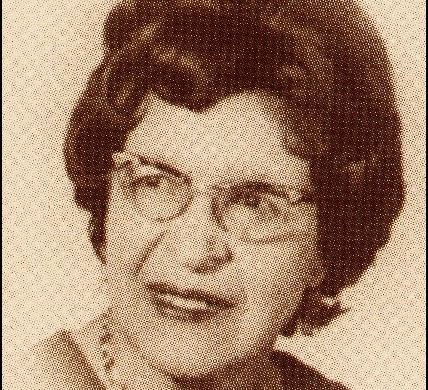Smith College in Northampton, Massachusetts accepted New Bedford High School graduate Carrie Evelina S. Lee (1895-1979) for admission in 1913. Upon arrival, rejection from her assigned dormitory became the impetus for a cornerstone in the founding of what would become Smith College’s Black Student Alliance. Eventually assigned a room on campus, Carrie thrived and graduated in 1917. She became a lifelong advocate against discrimination.
28 March 1895 – 1 January 1979
Smith College in Northampton, Massachusetts accepted Carrie Evelina S. Lee (1895-1979) for admission in 1913. Her parents, Charles C. and Jennie Lee, were proud, and her two younger sisters were happy for their sister’s accomplishment. Housing in one of the dormitories on the Smith College campus was to be her new home. Upon arrival, an unjustifiable rejection from the dormitory became the impetus for a cornerstone in the founding of what would become Smith College’s Black Student Alliance.
Carrie was aware of the subjugation of Blacks. She grew up in the city of New Bedford, where Black and White abolitionists encouraged and sheltered those seeking work and freedom. Carrie graduated from New Bedford High School in June of 1913. She was accepted as a full-time residential student and arrived at Smith College in September that same year. Her assigned housing, room 3 in Tyler House Annex, would be her first home away from home. A complaint by her assigned roommate, a White woman from Tennessee, was inexcusable but tolerated by the College. Carrie had to live off campus with Greek professor Julia Caverno, who offered Carrie a place to live until the matter was settled.
Carrie’s father immediately began advocating for his daughter. Charles C Lee, a letter carrier, sent correspondence of protest to Smith College President Marion LeRoy Burton and to the newly founded National Association for the Advancement of Colored People (NAACP). Her father asked President Burton, “Will Smith College live up to its contract, or are you willing the world should know that a Negro girl cannot get justice there and that policy, not justice, is the College motto?” The NAACP sent members to the College to investigate a claim of discrimination.
As a Smith College alumna who had also lived off campus while enrolled, Otelia Cromwell from the Class of 1900 also sent a letter to President Burton that asked the College to provide the promised housing to Carrie. Two other students of color, sisters Helen and Ethel Chesnutt from the Class of 1901, had also lived off campus during their four years at Smith.
President Burton placed the decision on Carrie Lee’s situation in the hands of the Smith College Board of Trustees. At their October 1913 meeting, the Trustees declined to pass any vote that excluded colored students. Carrie’s promised admission status was upheld and she was finally assigned a room in Albright House, where she remained for her four years at Smith. Carrie thrived and graduated in 1917. She wrote her praise of Smith College in a 1915 letter to a friend as “the biggest, freshest, freest and most inspiring place I have yet known, and she [proposed roommate] could never do anything to me that would make me forget what she has made me think, feel and observe in the past two years.” Carrie’s success was in large measure due to her own ability to withstand such a harsh rejection and continue as a hardworking and successful student. The seeds of what would much later become the Black Student Alliance at Smith College were sown. It is through bright, caring and thoughtful efforts of so many that it continues to grow as a stalwart mission of the students and the College.
One can measure the agonizingly slow change of society’s justice when as recently as the summer of 2018 a Smith College student was racially profiled and underwent an investigation of her presence on the campus. Smith President Kathleen McCartney apologized to the student and sent a timely message to students and staff, acknowledging that the community still had “important work to do” and outlining the “anti-bias” education that would be put in place. “This painful incident reminds us of the ongoing legacy of racism and bias in which people of color are targeted while simply going about the business of their daily lives,” McCartney said.
Carrie went on to be a teacher in New Bedford’s Sycamore Street School and in Michigan’s Detroit Public Schools after her marriage. She had one son, Alred Dwight Blanchet Jr., and continued her lifelong advocacy work for the rights of women and persons of color, until her death in 1979.
Ivy S. MacMahon and Ann O’Leary
Information from
- “Carrie Lee.” Smith College Libraries, https://libex.smith.edu/omeka/exhibits/show/black-students-alliance/carrie-lee.
- Chavez, Nicole, and Sophia Lipp. “Smith College Student Who Was Racially Profiled While Eating Says the Incident Left Her So Shaken She Can’t Sleep.” CNN, 3 Aug. 2018, https://www.cnn.com/2018/08/03/us/smith-college-student-police-trnd/index.html.
![[Carrie E. Lee, Smith College Class of 1917], c. 1917, Photograph, Courtesy of College Archives, Smith College (Northampton, MA) Yearbook photograph of Carrie E. Lee, Class of 1917 - bust of young woman, face in profile turned towards her right. Woman has her dark hair in an up-do and is wearing a light-colored top.](https://historicwomensouthcoast.org/wp-content/uploads/2020/01/Carrie-Lee-400x400-1.png)




